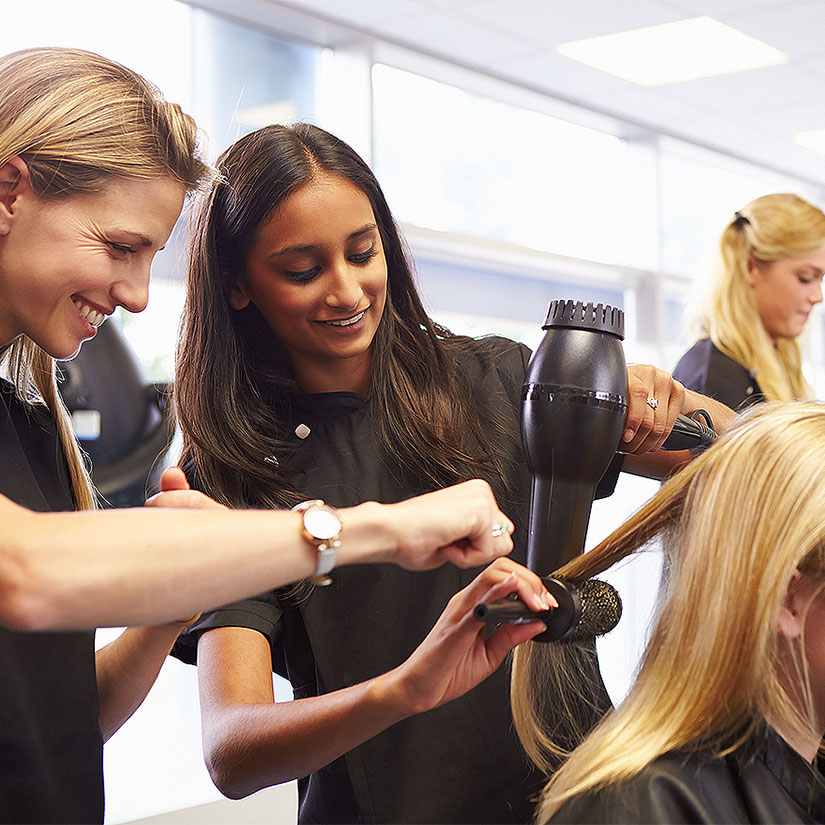Chemical peels are a cosmetic skin treatment. They are a staple of professional skin care and are used to treat a variety of skin conditions.
The best way to learn the ins and outs of how chemical peels work and how to perform one is by studying at an elite esthetician training program. But for now, here’s a brief overview of chemical peeling: what it is, what the benefits are, and who can receive one.
What Is a Chemical Peel?
A chemical peel is an exfoliation technique in which an acid-based solution is applied to the skin. It is usually performed on the face, hands or neck. The acid in the chemical peel forces the top layer of skin to peel off. In the short term, this causes redness and blistering. This is intentional.
A weak vinegar solution or unscented emollient may be used to speed up the skin’s healing process. But mostly, the skin is left to heal on its own. One to two weeks later, the client has new, smoother skin.
Chemical peels target the top layer of the skin, the epidermis. More intense chemical treatments may target the layer of skin just beneath, the dermis, as well.
Your epidermis skin cells naturally die and are replaced by cells from the dermis beneath. Because the epidermis cells are the outermost cells, they are the most damaged by the sun, wrinkles and other factors. Chemical peels speed up your skin’s natural process by gently removing dead epidermis cells.
What Are the Benefits of a Chemical Peel?
Chemical peels can benefit any client who wants fresher, younger-looking skin. Clients with fine lines, enlarged pores, scars, hyperpigmentation, and sun damage may be especially pleased with the results. Clients experiencing acne and rosacea may often find their conditions improved by a chemical peel too.
What Are the Types of Chemical Peels?
In order to choose the best chemical peel for your client, you must determine their type and shade of skin. The Fitzpatrick Scale categorizes skin by color and light sensitivity. It is used in many medical offices to determine a client’s best course of treatment. As an esthetician, you can decide whether the Fitzpatrick Scale is relevant for your clients. The skin condition your client wants to treat will also determine the type of chemical peel they receive.
There are three levels of chemical peels: superficial peels, medium-depth peels, and deep peels. Keep in mind that a superficial peel to one client may be a medium-depth peel to another.
Superficial peels often use alpha- or beta-hydroxy acids. They are intended for clients looking to treat minor skin conditions such as slight discoloration. Beta-hydroxy acids can be beneficial for clients with slightly more prevalent skin conditions, like acne or enlarged pores.
Superficial peels have minimal downtime, one to seven days. However, clients are recommended to wear sunscreen for extra protection during this period. They should also refrain from wearing makeup and sweat-producing activities like exercise or saunas for at least the first few days.
Medium-depth peels are conducted with trichloroacetic acid. More severe skin conditions like fine lines or more extreme acne can benefit from these types of treatments. Medium-depth peels require 10 to 14 days of downtime. In addition to the aftercare recommended for superficial peels, clients who have received medium-depth peels should limit sun exposure.
Deep peels are recommended only for the most severe skin conditions: severe sun damage, deep wrinkles and hyperpigmentation. These treatments require intense aftercare. This can include up to three weeks of downtime, antiviral medication, and washing the treated area four to six times a day. Clients who have received deep peels must avoid direct sunlight for up to six months.
Chemical peels have many potential benefits for clients. But an esthetician must know how to do such treatments properly. Esthetician schools and training programs can provide you the tools and learning to give your clients great chemical peels.





